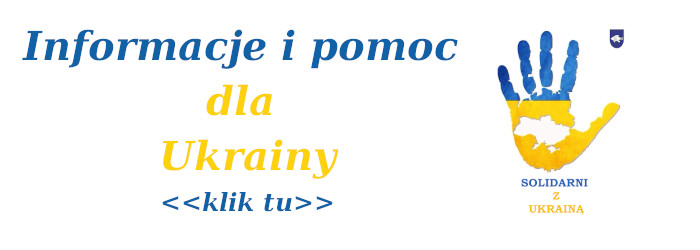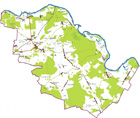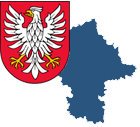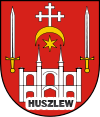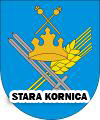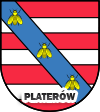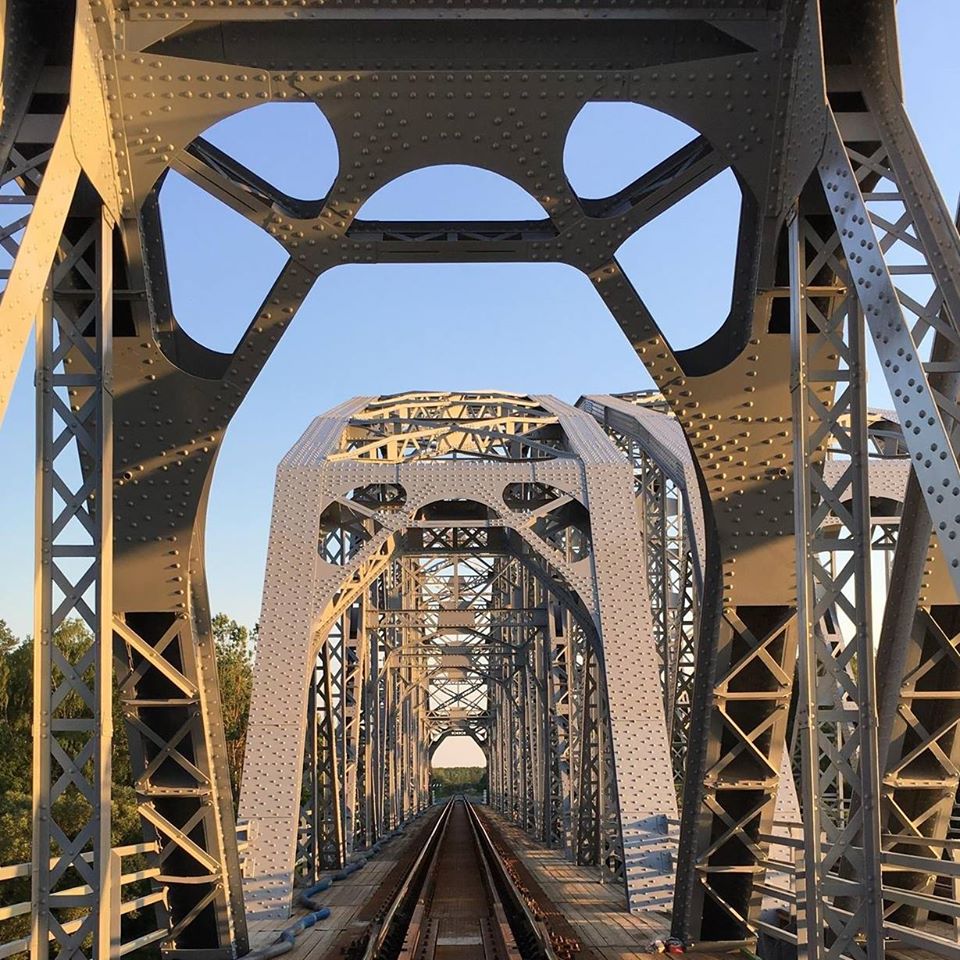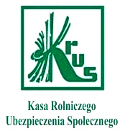History
- Szczegóły
- Nadrzędna kategoria: FAQs
- Utworzono: 17 wrzesień 2009
- Poprawiono: 25 wrzesień 2013
- Admin
- Odsłony: 17517
Culture History Infrastructure Tourism Location Galery
The beginnings of Sarnaki are dated in pagan times.In the place where Sarnaki stretches nowadays there was a pagan Jadźwing’s settlement, which was one of the many surrounding Drohiczyn. According to historical sources a village was founded Sarnacki family which came from Płock region. In XVIII century the village belonged to Buttler’s family which came from England and thanks to their effort king August II gave the village town rights. The second part of XVIII century was period of quick development of the town. In 1813 Sarnaki was destroyed by withdrawing Napoleon army. In 1869 tsar took away Sarnaki its town rights but it did not interfere the development of the settlement .
In 1830 a bricked manor was built which still exists today. It recently has been restored and rebuilt to serve as an administrative unit of forest inspectorate in Sarnaki.
In the centre of the village there was a square. Around the square houses were gradually being built, mainly by the Jews. Later the Jews were sent to the death camp in Treblinka by the Nazi.
On the small hill, in the close proximity of the square, the wooden church was built in 1816. It had three altars in classicistic style. In front of the church a bricked belfry with three arcades and three bells was built at the beginning of 19 c.
The manor and the church are the most important existing monuments. In the past there was also a brewery turned later into a private manufacture of fruit and vegetable.
Other interesting monuments in the Sarnaki Commune are:
- park-and-manor complex in Klimczyce built in 1840 (now a private property),
- park-and-manor complex in Zabuże built in the second part of 19 c. (now a private property),
- wayside shrines with characteristic figures of saints.
Sarnaki became historically important after the “V2 action”. In the spring of 1944 the Polish Underground Army of the Resistance Movement, AK, successfully carried out the operation of destroying the V2 rocket/missile, which accidentally ended its flight in the Bug River near Klimczyce village. It was next transported to London where the code of the missile was deciphered and the capital of Great Britain, which had been a target of the missile, saved. The action was extremely dangerous because German troops were staying in the school-building in Sarnaki. Their task was mainly to control the final phase of the missile flight. In 1995, in the centre of the square in Sarnaki the monument, being a replica of the missile, was erected.
